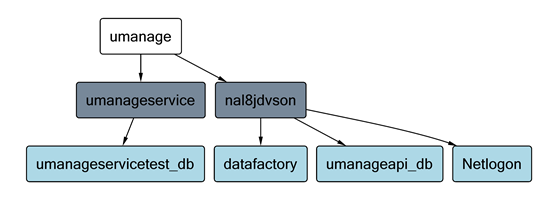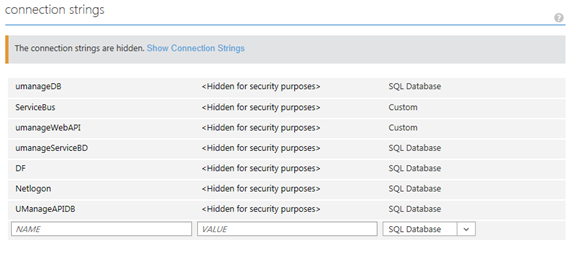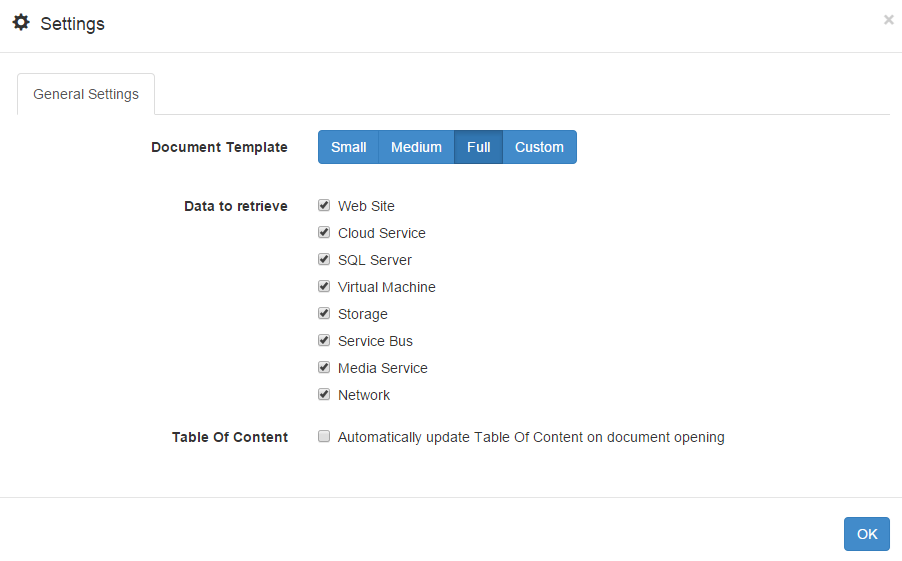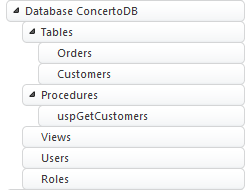Generate Detailed Azure SQL Documentation Including Dependency Graphs
Today we are adding a first release of dependency graphs to Cloudockit. With this new feature, you can now create diagrams that will show the dependencies found between your Azure Web Applications and Azure SQL Databases.
As an example, Cloudockit can now generate the following diagram:

In this example, we can see that the Web Application named UManage is using two SQL Servers named umanageservice and nal8jdvson.
In addition, we can also see which database is used in each server:
- The database named umanageservicetest_db located in the umanageservice SQL Server is used by the Web Application
- The databases named datafactory, umanageapi_db and Netlogon located in the nal8jdvson SQL Server are used by the Web Application
This feature has many useful cases like checking if an Azure SQL Database is used before deleting it. In order to generate this diagram, we are using the built-in Connection Strings feature in the Web Application:

Generate Detailed Azure SQL Documentation
CloudocKit now supports the documentation inside a database. You can now get details about the following components in all you SQL Databases:
- Users
- Tables
- Views
- Stored Procedures
- Roles
In order to retrieve the data, you have to go in the settings popup and navigate to the SQL Server tab. Next, enter the server name, server login and server password in order for Cloudockit to connect to the SQL Database.

By filling these settings, you will be able to retrieve exhaustive details like illustrated on the following picture:
